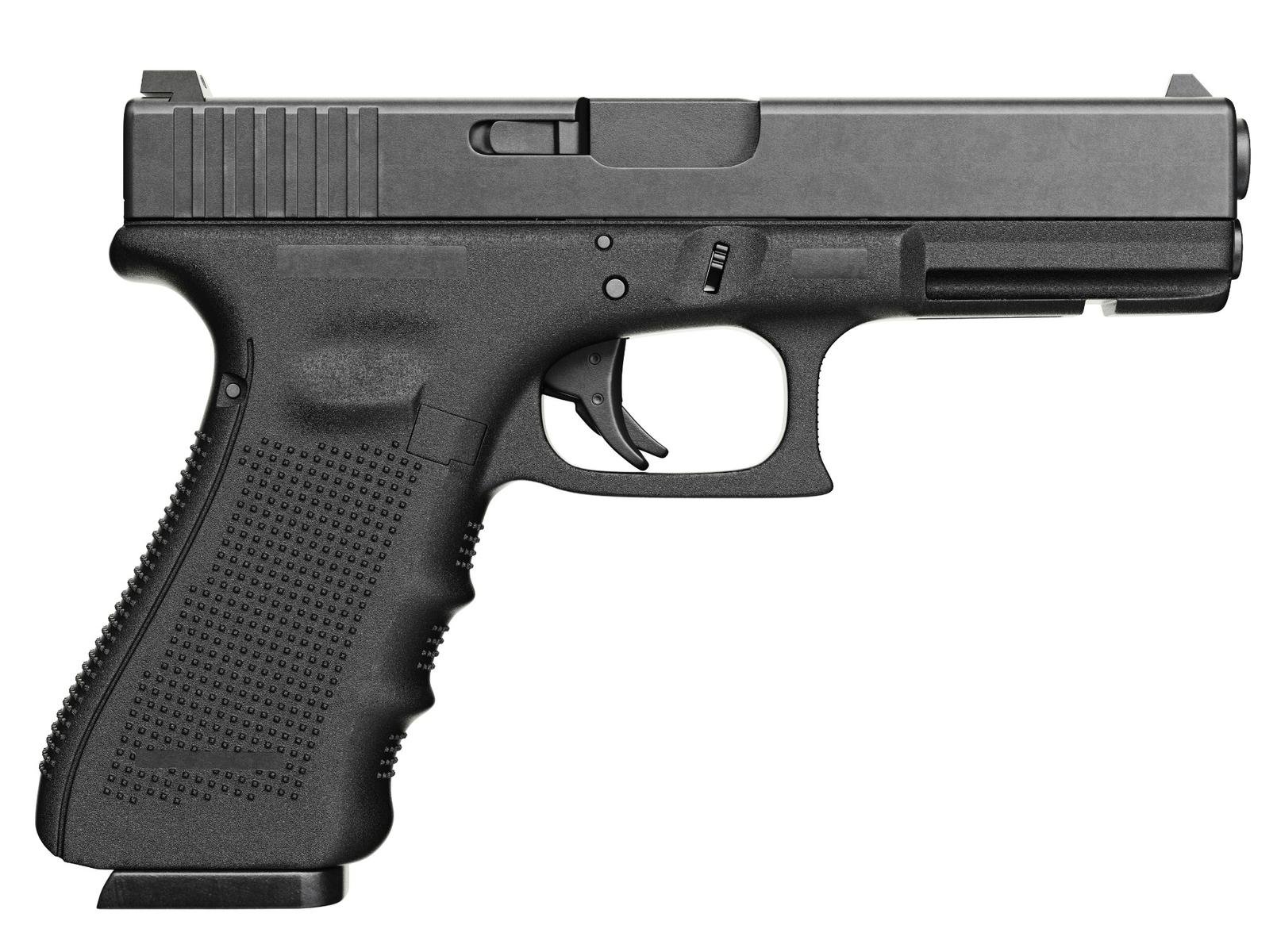By David M. Hureau
The ecological approach to the study of crime and violence represents one of the most distinctive, enduring, and empirically supported paradigms of criminological research. At its heart, this approach promotes understanding of the unequal distribution of violence across neighborhoods as a function not of essentialist qualities of the people that occupy particular places, but rather of spatially patterned inequalities that influence community capacity to control violence. Drawing inspiration from the theoretic development of Sampson and Wilson’s classic article, “Toward a Theory of Race, Crime, and Urban Inequality'' (1995), over the last two decades, researchers working in the ecological tradition have wrestled with two key problems in the study of neighborhood violence. First, what are the links that connect the structural features of neighborhoods—like poverty and racial composition—to violence? These links have come to be referred to as the mechanisms of neighborhood violence. And second, how do factors originating outside of the confines of neighborhoods—such as large economic shifts and discriminatory housing policies—concentrate within specific neighborhoods in ways that influence disadvantage and violence? These factors have typically been called macrostructural forces. In this paper, I argue that guns are central to the comprehension of the racial inequalities in neighborhood violence. Such an argument may sound simple when presented so plainly. However, its significance derives from the limited consideration that the neighborhood research paradigm has given guns, typically conceiving of them as a background condition of disadvantaged neighborhoods where violence is concentrated. Instead, I argue that guns belong at the forefront of neighborhood analyses of violence. Employing the logic and language of the ecological approach, I maintain that guns must be considered as mechanisms of neighborhood violence, with the unequal distribution of guns serving as a critical link between neighborhood structural conditions and rates of violence. Furthermore, I make the case that American gun policy should be understood as a set of macrostructural forces that represent an historic and persistent source of disadvantage in poor black neighborhoods.
United States, SquareOneJustice, Roundtable on the Future of Justice Policy. 2019 16pg




